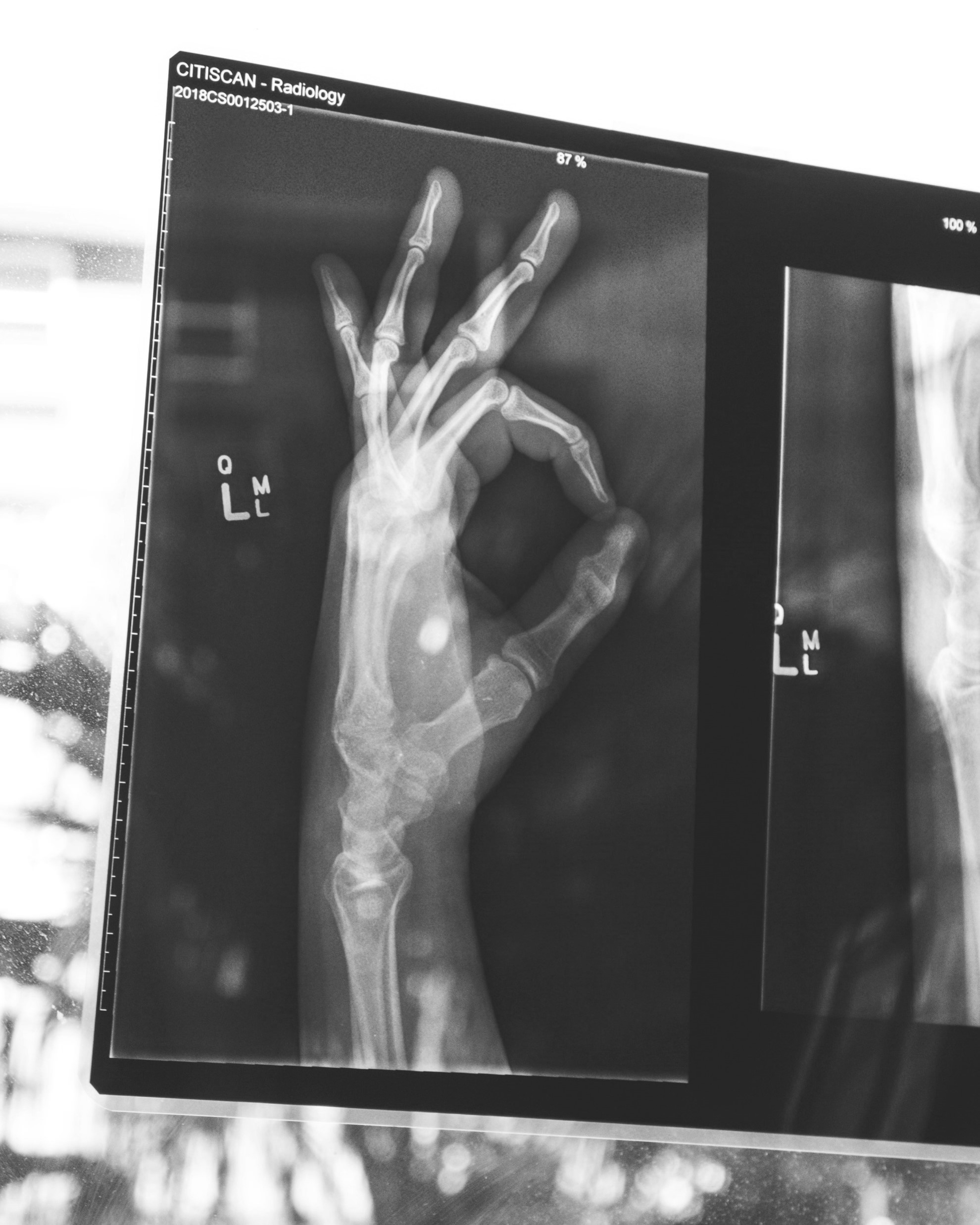
Customer case
Mutual insurance company
Defining and launching a learning community of managers
About this client.
The client is a mutual insurance company that is part of a large health and welfare group, a union of several mutual insurance companies and social economy companies.


What were the results?
A first group of committed and involved managers around a defined governance and roles & responsibilities shared between the members of the community has allowed the emergence of six innovative and strategic devices (digitalized integration path for newcomers, acculturation program to the specific environment of our client’s market, cycle of workshops around commercial successes, innovation trophies, subscription device to personalized monitoring elements, mentoring device for performance).
What was the key to your success?
More than involvement, the commitment of top management is key to the success of the project. Success depends on the collaboration between managers, their resilience over time, the ability of the group to evolve and renew itself, to enable each person to conceive his or her role in a larger whole, in synergy with his or her peers and teams, while being aligned and coherent with the organization’s strategic challenges.
Team
1 Partner, 1 Manager and 1 Consultant
Where did you start from?
The economic uncertainties, the profound changes in the social protection environment and the strategic ambition of the organization are factors of complexity and acceleration in terms of management that have prompted the HRD to initiate a program entitled “Managing in Complexity” its goals include strengthening and developing within the management teams greater autonomy, greater inter-managerial solidarity, a common language and culture of innovation.
Talisker has proposed the launch of an innovative “vehicle” to strengthen the horizontality of the organization, the interactions between activities and the impact on the overall efficiency of the company by creating a “learning community” whose purpose is to develop projects, devices or approaches related to 2 main levers: monitoring and innovation.
The construction principle of this production community is based on an iterative and progressive dynamic to align an initial “Alpha” group of managers on the systemic issues to be addressed in order to make the organization more agile and more proactive.
It is also intended to be a powerful management tool that will eventually enable the members of the company to act with greater autonomy through greater inter-managerial solidarity and to develop a common language and culture of innovation.

What was your approach to the issue?
To initiate the creation of the community, we naturally favored a collaborative and co-construction approach to the vision of the whole dynamic with a double objective.
First, we clarified, enriched and specified the process, its expected effects (what deliverables to produce) and gave it the desired consistency to produce a shared vision. Once this first objective had been achieved, we collectively reached the “momentum” that was essential for moving into action by mobilizing this core group of managers to form the first circle of “Ambassadors” of the learning community, future relays of commitment within the teams. Once this new stage was completed, we were able to focus our support on the co-construction of assets thanks to the diversity of our expertise in terms of innovation, monitoring and collective intelligence at the service of the issues at hand.
These assets (projects, systems, rituals, practices, events, etc.) are the first building blocks that position the organization in a horizontal approach to continuous improvement and are intended to be widely disseminated to maximize their impact on the organization’s performance.


